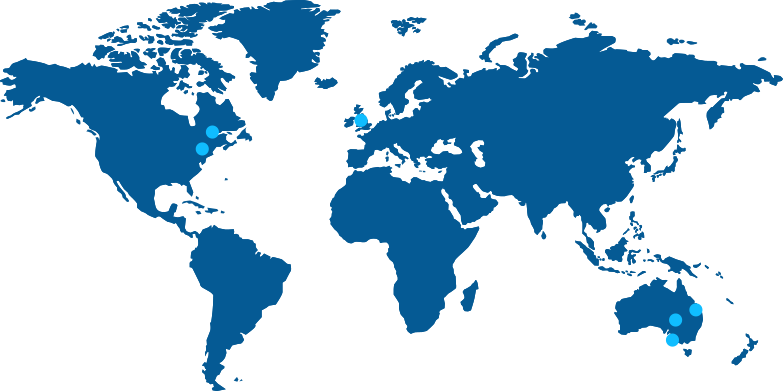Data conversion is when you have legacy content or data that needs to be re-purposed for a new requirement and cannot be left in its current format.
Data Conversion is broken into three core stages:
- Analysis;
- Conversion Process and Tools;
- Validation Tools.
Analysis
The analysis starts with identifying the format of the source content. The source might be unstructured content such as MS Word or Adobe FrameMaker, structured SGML or XML to a legacy specification or structured to another version of S1000D, and what is the new format that is required. During the analysis you need to make sure that you have a full range of the legacy samples so that you can identify all of the structures.
During the analysis you will be identifying the new structured format being moved to. The scenario for the rest of this blog, we look at moving from a legacy S1000D structure to the latest version of the S1000D specification. For this task we would need to identify:
- The version of S1000D we are moving from and what version we are moving to;
- Identify what schemas will be used;
- The SNS numbering method that is to be used;
- The requirements of a BREX (Business Rules EXchange), is there one available or required for the conversion.
In the analysis process you need to be able to identify which information complies with the schemas that are to be used and where the content will be broken, to comply with the schemas to be used. During the analysis you may want to manually create the required final output to verify that the analysis is correct.
Conversion Process and Tools
Once the analysis has been completed, the conversion can begin. This may be a manual or automated process, depending on what was discovered during analysis and the quantity of data that needs to be converted. Knowing what types of automated tools might be available can escalate the conversion task.
If your legacy content is in an older version of S1000D, then tools such as R4i Data Module eXchanger (DMX) will automate this data conversion.
Validation Tools
When the content has been converted, it then needs to be validated to ensure that all content has been correctly structured or marked-up. You need to have tools available that will provide you with validation process. Additionally, you need to have tools that can verify that the content complies to the BREX, or if one has been defined during the conversion. A simple and inexpensive tool to perform this validation would be your S1000D Authoring Tool. Your authoring tools should be capable of both a Schema and BREX validation.
Making sure the customer has a way that they can comfortably validate the content is also essential. In the scenario where the customers data comes from an unstructured environment such as MS Word, publishing your S1000D content to PDF using the legacy styling is often a good option to allow them to compare and validate.
Any data can be converted, but costs will vary depending on the legacy format. The essential item to a successful conversion however starts with the detailed and well-documented analysis.
Reeta Nye


